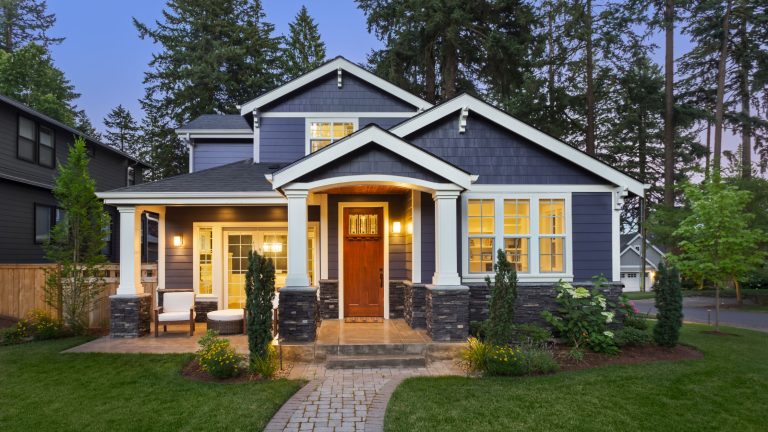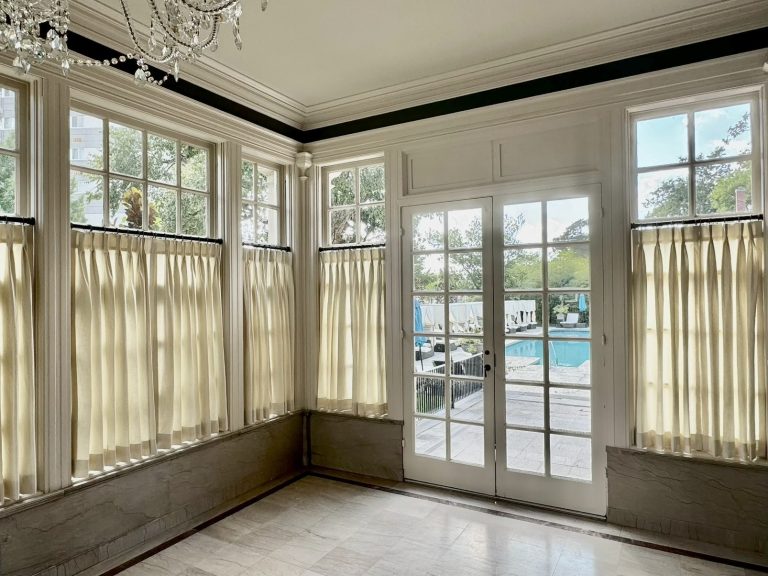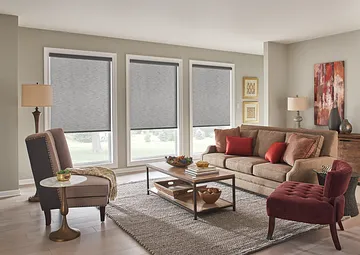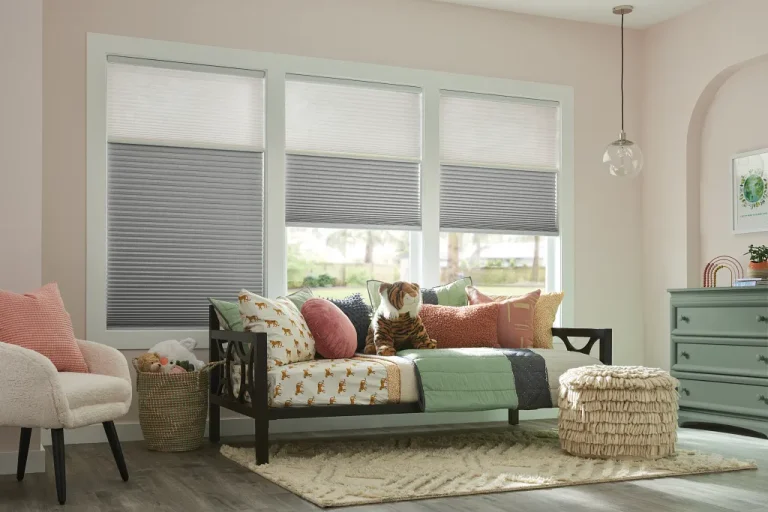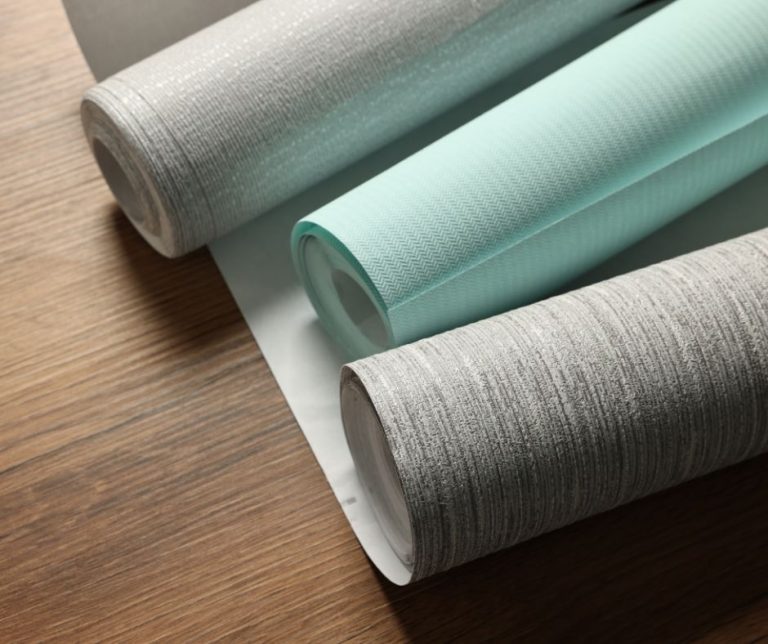Blinds vs. Shades: A Simple Guide to Perfect Window Treatments
Choosing the right window treatment can feel like navigating a maze. Should you pick blinds or shades? While both offer light control and privacy, we understand they are fundamentally different in their design and function.
At More Decor Design, Inc. in Tulsa, Oklahoma, we’ve been perfecting spaces for over 25 years. We combine interior design expertise with extensive window treatment knowledge to help our clients make the perfect choice for their home or business. Let’s demystify the world of blinds and shades!
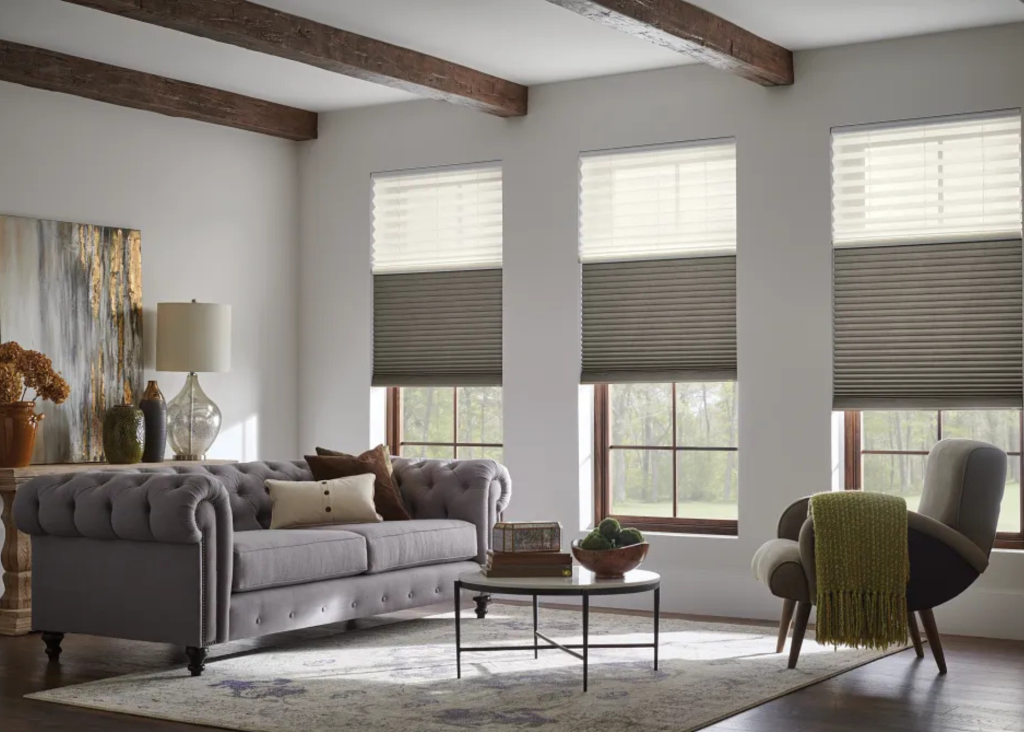
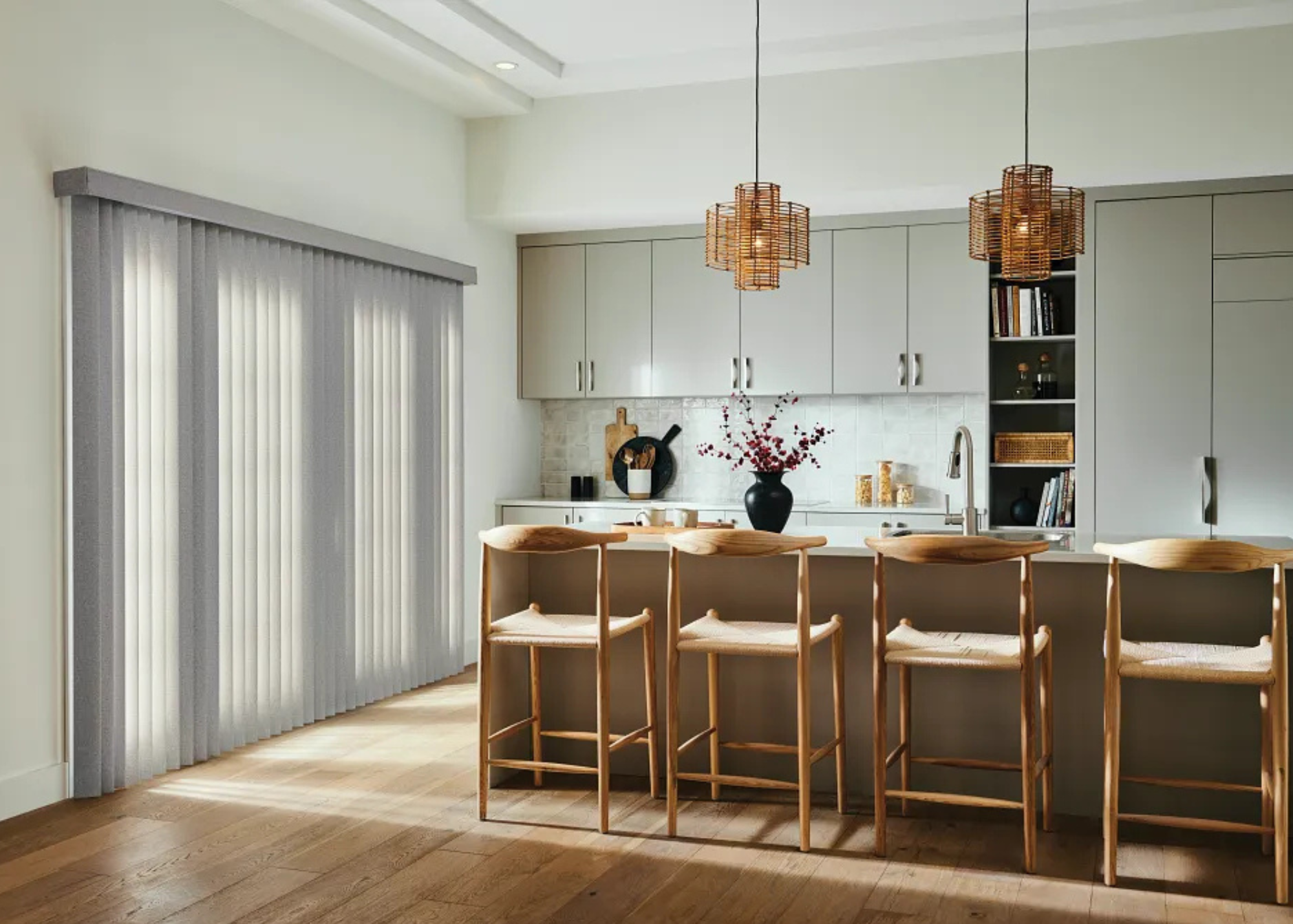
The Key Difference: Construction and Operation
The easiest way to distinguish between the two is by their construction. Blinds are made of hard materials like wood, faux wood, aluminum, or vinyl. Their key feature is the individual slats or vanes that can be tilted open and closed. This unique design gives you precise control over light and view without having to raise the entire treatment. On the other hand, Shades are typically made of continuous pieces of soft material like fabric, woven wood, or sheer polyester. When operated, they roll up, stack, or fold neatly at the top of the window, offering a softer, more fluid appearance.
Blinds: Precision and Durability
Blinds are a practical and durable choice, especially popular in commercial settings or for residential areas requiring robust light management. Because you can tilt the slats, we can help you direct sunlight up toward the ceiling or down toward the floor, minimizing glare on computer screens or TVs. They are also incredibly easy to clean—a quick wipe-down is often all that’s needed. Options like Venetian, vertical, and mini-blinds offer classic styles that stand the test of time and heavy use.
- Precise Light Control: Tilt slats to manage glare and privacy without fully raising the blind.
- Durability: Made from robust materials like wood, faux wood, and aluminum, ideal for high-traffic areas.
- Easy Maintenance: Simple to clean with a quick wipe, perfect for busy environments.
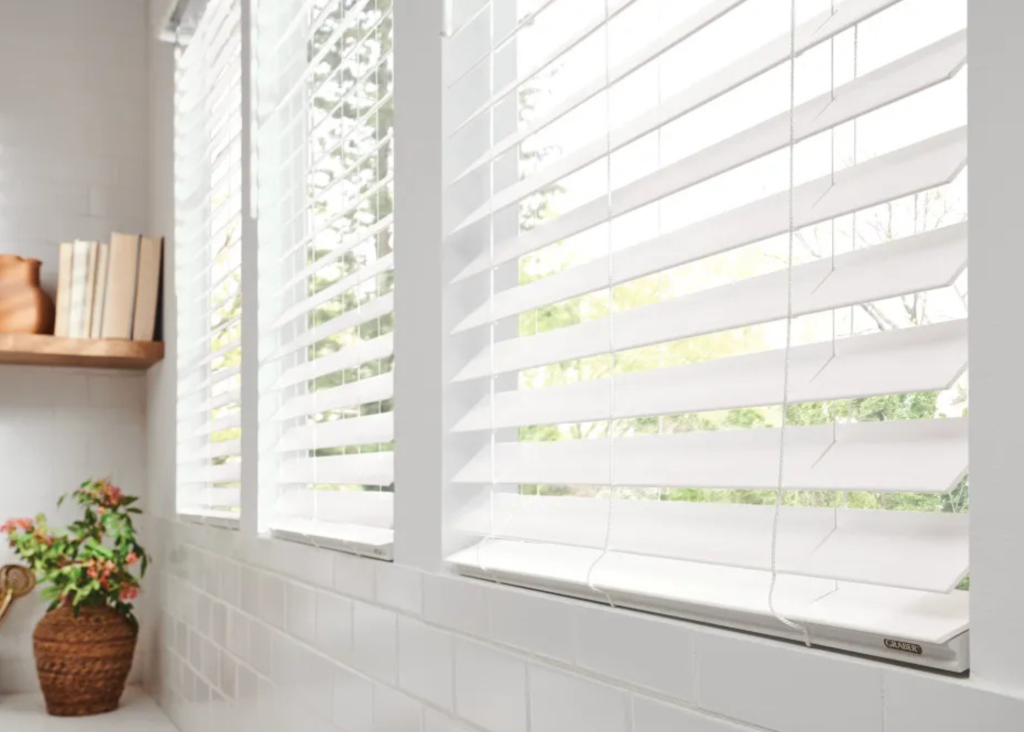
Shades: Style, Energy Efficiency, and Softness
Shades excel when our clients’ priority is appeal, insulation, and a softer atmosphere. Because they are often made of fabric, they introduce texture, color, and pattern to a room, enhancing your existing décor. Types like cellular (honeycomb) shades are incredibly energy-efficient, trapping air to keep utility costs down—a huge benefit for both large commercial buildings and eco-conscious homes. Roman, roller, and sheer shades offer versatile options ranging from tailored and structured to relaxed and ethereal.
- Enhanced Style: Introduce fabric, texture, color, and patterns to complement your interior design.
- Energy Efficiency: Cellular shades, for example, provide excellent insulation, reducing heating and cooling costs.
- Softer Ambiance: Fabric constructions create a warmer, more inviting feel compared to hard blinds.
Making the Right Match for Your Space
Ultimately, the “better” option depends entirely on the room’s function and your design goals. For a busy office or a high-traffic rental property, durable, light-filtering blinds might be the ideal low-maintenance solution. For a master bedroom or a luxurious boutique lobby, insulating, patterned shades could provide the perfect ambiance and finish. We take the guesswork out of the selection process.
Ready to stop guessing and start designing? Contact us today to schedule your personalized consultation. Let’s connect and create a window treatment solution that perfectly complements your unique style and needs!

